# The Definitive Guide to NFTs: Don’t Miss the Next Bull Run!
Written on
Understanding NFTs: A New Era of Digital Ownership
Do you feel like you missed the boat during the 2021 NFT boom? This guide will equip you with the knowledge needed for the upcoming market surge, ensuring you won’t be left behind again.
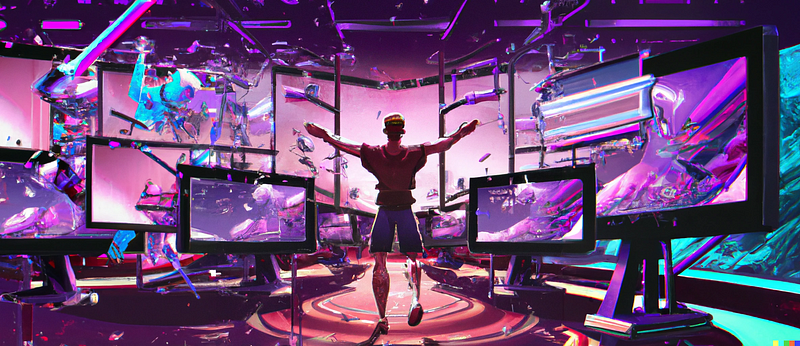
The year 2021 witnessed an explosive growth in the popularity and valuation of NFTs. High-profile sales, such as Beeple and Grimes auctioning their artwork for millions as NFTs, brought mainstream attention to this innovative asset class. Notable collections like the Bored Ape Yacht Club (BAYC), VeeFriends by Gary Vee, and Nouns also gained immense recognition.
But what precisely is an NFT? In this comprehensive guide, we will explore:
- What NFTs are
- Their various applications
- Factors contributing to their value
- How to purchase an NFT
Let’s get started!
What Exactly is an NFT?
An NFT, or Non-Fungible Token, represents a unique digital asset stored on a blockchain, such as Ethereum. To understand NFTs better, think about baseball cards—now imagine them in digital form.
To get a bit more technical, the term “non-fungible” signifies that each token is distinct and cannot be exchanged on a one-to-one basis. This differs from “fungible” assets like currency, where one unit is equivalent to another—like how one dollar is always equal to another dollar.
In contrast, consider a unique piece of art: it is non-fungible because it cannot be replaced by another artwork, even if they are of equal value. For instance, Van Gogh’s "Sunflowers" series features seven distinct paintings, each varying slightly from the others.
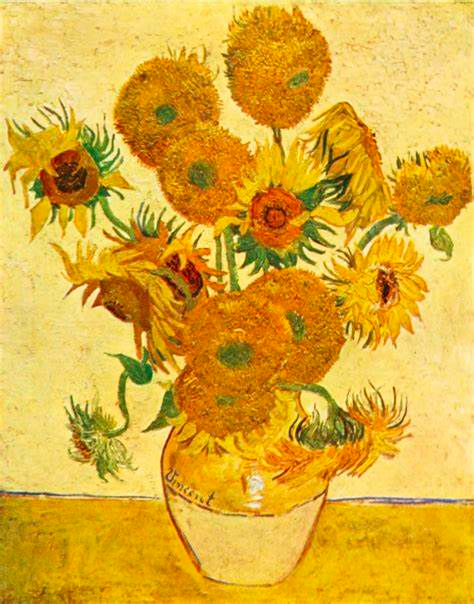
These paintings are non-fungible due to their unique characteristics. You wouldn’t expect the National Gallery in London to exchange their version of "Sunflowers" with that of the Philadelphia Museum of Art, as they are not identical.
This uniqueness is a fundamental trait that differentiates NFTs from other cryptocurrencies. Unlike Bitcoin, where every coin holds the same value, NFTs have distinct IDs managed through smart contracts, which track ownership and associated attributes.
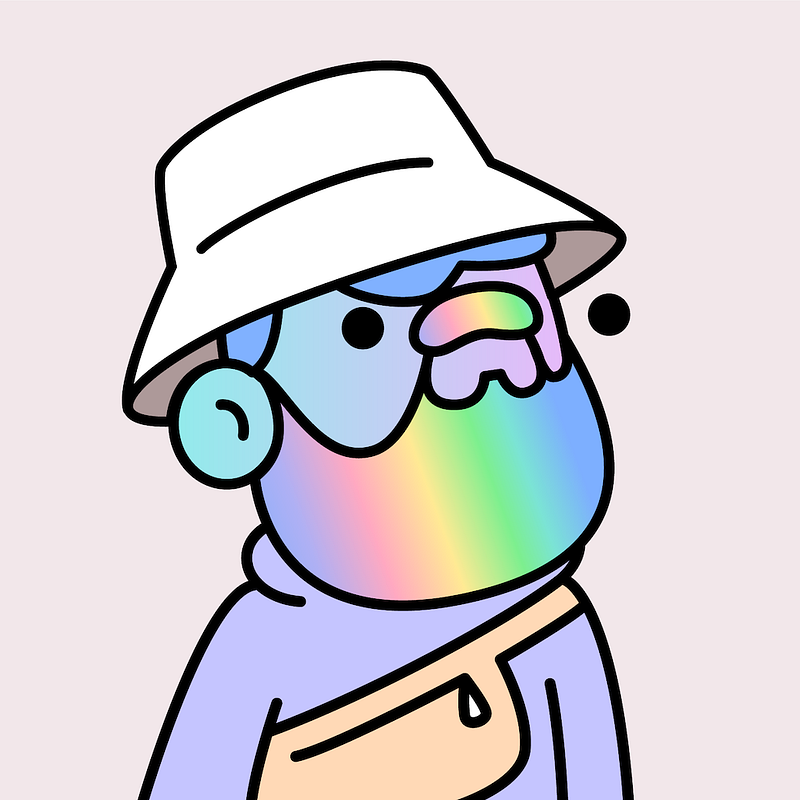
The non-fungible aspect creates value disparities across a collection, as seen in NFTs like Doodle #1 and Doodle #300, which are visually and uniquely different.
NFT Metadata and Attributes
You may have heard the term "metadata" in relation to NFTs. Simply put, metadata refers to the collection of attributes associated with an NFT, the most basic being the ID.
While IDs help manage NFTs, other attributes can be recorded on a blockchain, enhancing the value of the asset. Attributes can include the minting date, the creator, or a URL linked to the NFT, among others.
There are two categories of attributes: static and dynamic. Static attributes remain unchanged after creation, such as:
- Creator
- Date minted
- Name
- ID
In contrast, dynamic attributes can evolve, including:
- Countdown timer
- Interest rate
- Current owner
The limitless possibilities for attributes are a hallmark of the flexibility offered by permissionless blockchains. However, NFT metadata must comply with the official EIP-721 standard to ensure validity.
Applications of NFTs
The uses for NFTs are virtually limitless. They have found applications in various sectors, including real estate, music, digital art, and gaming.
Art
Art remains the most prominent application of NFTs. In 2021, digital art made headlines as artists like Beeple and Grimes sold their pieces for millions, providing a new avenue for artists to monetize their work directly, bypassing traditional intermediaries.
The trading volume for NFTs soared in 2021, with platforms like OpenSea reporting significant gains:
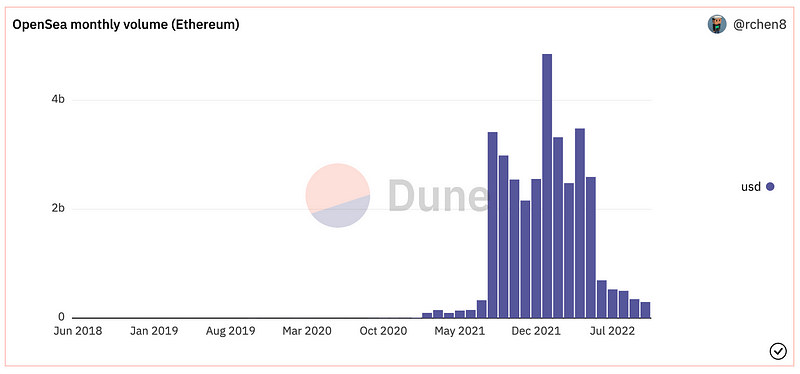
Music
The music industry is also ripe for disruption via NFTs. They allow artists to monetize their work innovatively and engage fans in new ways. A notable example is Chaos, a collective of musicians who created a series of music NFTs, demonstrating the potential for fair compensation and community involvement.
Gaming
Digital games have experienced a surge in popularity, with in-game purchases becoming commonplace. NFTs enable game developers to retain ownership of their creations and earn revenue, exemplified by games like Axie Infinity.
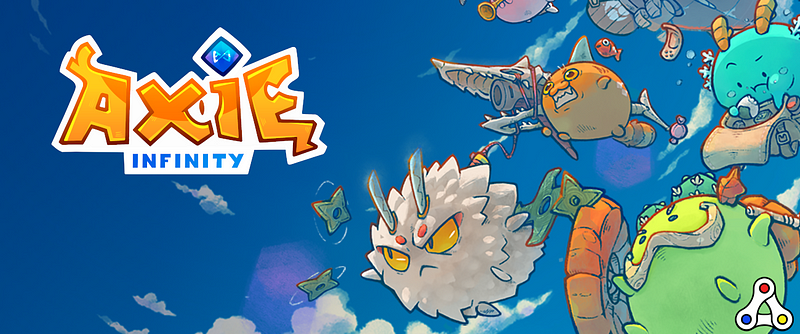
The game boasts over 2.8 million daily active users and has seen substantial trading on its marketplace, illustrating the lucrative potential of NFTs within gaming.
Why Do NFTs Hold Value?
The value of NFTs stems from their ability to authenticate digital ownership. When you purchase an NFT, you gain verified ownership recorded on a blockchain, ensuring security and transparency without relying on intermediaries.
Buying an NFT
To buy an NFT, you first need a cryptocurrency wallet, which functions like a bank account for your digital assets. Wallets can be categorized into hot wallets (internet-connected) and cold wallets (offline storage).
Once you have your wallet set up, you’ll need to purchase cryptocurrency, typically Ethereum, Solana, or Polygon, to fund your transactions. Platforms like Ramp allow you to buy cryptocurrency with your debit or credit card.
Popular NFT marketplaces include OpenSea, Rarible, and Foundation, where you can browse collections and make purchases through various methods:
- Buy It Now: A straightforward option where you purchase at a listed price.
- Auction: Bidding on NFTs until the auction ends, with the highest bidder securing the asset.
- Bid: Offering a price for an NFT that isn’t listed for sale, which may or may not be accepted by the owner.
Congratulations if you successfully navigate one of these methods! You’re now the proud owner of an NFT.
In Conclusion
NFTs are revolutionizing the digital landscape by offering a new way to own and trade assets securely. Their value lies in their blockchain verification, enabling ownership without centralized control. Now that you understand NFTs and how to acquire them, what’s stopping you? Start your collection today!
Explore the ultimate guide on creating your own NFT collection.
Delve into Raoul Pal's insights on NFTs and how to navigate this new realm.